12 Best Hair Removal Methods To Get Rid Of Unwanted Hair
There are multiple ways to remove body hair and get clear and smooth skin.

Is unwanted body hair stopping you from flaunting your little black dress, breezy skirts, and cute shorts? You do not need to feel apprehensive anymore. We got several easy hair removal methods to help you get rid of unsightly body hair.
You can choose from traditional hair removal methods like waxing, plucking, shaving, and sugaring, or go for permanent procedures like laser hair removal and electrolysis.
If you are confused about which method to choose, read this article to understand the pros and cons of each method before choosing one. Keep reading to learn more.
In This Article
The Best Hair Removal Methods
These are some of the best hair removal methods out there:
1. Waxing
Works By:
Applying a thin layer of hot or cold wax to the skin. Fabric or paper strips are placed over this coat of wax and then quickly stripped off in the opposite direction of your hair growth.
Sometimes, strip-less wax or hard wax is also used for hair removal. In the case of strip-less wax, the wax hardens when it cools, and you can remove hair without the aid of wax strips.
Best For: Almost all areas of the body, including your upper lip, eyebrows, arms, legs, hands, feet, back, and bikini area.
Pros:
- Longer-lasting results – the results can last for up to four to six weeks.
- This hair-removing method may help prevent ingrown hairs.
Cons:
- It can be painful.
- If you have sensitive skin particularly, you could experience irritation, burns, redness, or occasionally even get rashes or bumps after waxing.
- It can lead to folliculitis (inflamed hair follicles) or keratosis pilaris (dry, rough patches along with acne-like bumps on the skin).
- If you are getting waxed at a salon, this hair removal method can be relatively expensive, given that it needs to be repeated on a regular basis.
Waxing is not ideal if your hair is too short or less than ¼ inch long.
Safety Concerns: There is a risk of burning when using hot wax. If good waxing practices are not followed, you could also be at risk for infections.
 Quick Tip
Quick Tip2. Threading
Works By:
Using a cotton thread to trap and pull out any unwanted hair.
Best For: Eyebrows, upper lip, chin, forehead, middle brow, neck, and the sides of the face.
Pros:
- This is a quick and natural hair removal method.
- There are no chemicals involved, and it is, therefore, safe on the skin.
- Threading can also help you achieve a precise shape and finish on your eyebrows, which may be difficult to attain with waxing.
Results can last anywhere between 2-5 weeks.
Cons:
- Threading can be painful and even leave minor cuts or bruises on sensitive skin.
- It can cause skin irritation and bumps.
- This hair removal method is generally not recommended for large areas of the body, such as arms and legs, as it can only remove a line of hair at once.
- Frequent threading may also cause sagging of the skin.
Safety Concerns:
While threading is generally considered safe, there is a potential risk of getting skin herpes or staph infection if dirty threads are used or the beautician uses their mouth to hold one end of the thread and is carrying the virus in their saliva.
3. Shaving
Works By:
Using a manual or electric razor to remove hair that is above the skin’s surface.
Best For: Any area of the body, especially legs, arms, stomach, armpits, and the bikini area.
Pros:
- It is easy and cheap.
- If you are short on time, this quick hair removal method can be especially helpful.
- Shaving is also suitable for cleaning large surface areas of the body, such as the arms and legs.
Cons:
- Hair grows back quickly, and the results last for about 1-3 days.
- Shaving can also cause ingrown hair, painful nicks, and cuts.
Safety Concerns:
If shaving is done too frequently, it can result in a condition called folliculitis, which is inflammation of the hair follicles. It can also lead to keratosis pilaris, a condition that causes rough patches and tiny bumps on your skin. Dirty razor blades also increase your risk of razor burns and generalized infections such as cellulitis.
 Trivia
Trivia4. Depilatory Creams
Works By:
Creating a chemical reaction that helps to break down the keratin proteins in the hair and dissolve the hair at the surface of the skin. They are also made in a soap formulation. You can easily find some of the best hair removal soaps and creams on the market or online.
Best For: Areas of the body with thicker or tougher skin such as your arms, legs, or armpits.
Pros:
- Depilatory creams are inexpensive and quick.
- This hair-removing method is a pain-free alternative to other techniques such as waxing and sugaring.
- Another advantage is that the hair grows back much softer.
Cons:
- It can be messy, and the creams generally tend to have a very pungent odor.
- As depilatory creams use strong chemicals, they can also sometimes cause skin irritation and allergies.
- In some people, the use of depilatory creams can result in ‘shadow skin,’ which happens when the hair has not been completely removed from the roots.
- The results are also not long-lasting, and hair regrowth can occur within 2 to 3 days.
Safety Concerns:
The use of depilatory creams make the skin more sensitive and prone to sunburns. If these creams are left on for too long, they can also cause severe skin damage.
5. Intense Pulsed Light
Works By:
Using high-intensity light to selectively damage targeted hair follicles.
Best For: Upper lip, chin, arms, neck, legs, sideburns, shoulder, back, tummy, hands, fingers, toes, feet, and bikini line.
Pros:
- The results are long-lasting and may last for up to one year.
- After a full cycle of treatment, you can expect hair growth to reduce by 70 to 90%.
- This method of hair removal is also painless and carries additional benefits such as skin rejuvenation and reduction of acne and acne scars.
Cons:
- The treatment can be expensive, and multiple sessions are required to reduce hair growth.
- Intense Pulsed Light Therapy or IPL is also not suitable for dark skin types and very light-colored hair.
Safety Concerns:
This hair removal method is generally considered safe. Some people may, however, experience local edema or redness in the treated area. These effects typically disappear within a few hours or a few days after the treatment.
6. Sugaring
Works By:
Using an all-natural paste of lemon, water, and sugar to remove unwanted body hair.
Best For: All body parts. This hair removal technique can be especially effective for pubic hair removal and other hard-to-reach areas.
Pros:
- The process is fast.
- The results are long-lasting. You will not have to worry about hair regrowth for at least 4 to 5 weeks.
- The treatment is organic, safe, and natural.
- It is less painful when compared to waxing.
- When done frequently, sugaring can lead to a permanent reduction in hair growth.
Cons:
- Requires a few sessions before the hair gets thinner.
- While this treatment is not as painful as waxing, some people may still experience pain and discomfort.
Safety Concerns:
The main risk with sugaring is skin burns. If the paste is too hot, it can burn the skin. If the technique is incorrect or the paste is left on the skin for a prolonged amount of time, it can also result in bruising or a condition called folliculitis.
7. Laser Hair Removal
Works By:
Using pulses of highly concentrated light that is converted to heat. The heat from the laser light damages the hair follicles and inhibits future hair growth.
Best For: Arms, legs, chest, back, underarms, face, and bikini area.
Pros:
- Laser hair removal is considered to be one of the best permanent hair removal methods.
- The treatment is fast and easy and works anywhere on the body.
Cons:
- The upfront costs of the treatment can be high when compared to other hair removal methods.
- The treatment may also not be effective for people with lighter hair color.
- Post-treatment, some individuals may experience skin sensitivity and need to avoid exposure to direct sunlight for at least 24 hours.
Safety Concerns:
The main risks involved with laser hair removal are temporary swelling, blistering, pigment changes, redness, and discomfort. Another rare side effect that has been noted is excessive hair growth around treated areas and graying of treated hair.
8. Bleach
Works By:
Removing the color or permanently lightening the hair through an irreversible chemical reaction.
Best For: Facial and body hair.
Pros:
- The process is fast, easy, and affordable.
- It can be done at home and does not necessarily require a salon appointment.
- It is also pain-free and works effectively on different skin types, including sensitive skin.
Cons:
- It does not remove hair and only works to lighten the hair color.
- There are harsh chemicals in it, which can lead to long-term pigmentation and coarse, irritated skin.
- The effect of bleach is also not permanent. The results may last for only up to 2-4 weeks, depending on how fast your hair grows.
- Bleaching does not work well on thick and long hair and may not be ideal for people with darker skin tones as bleached hair tends to stand out on dark skin and will become even more noticeable.
Safety Concerns:
Safety Concerns: Common side effects associated with bleaching include itching, redness, swelling, bumps, and dry skin. Bleaching may cause irritation, skin allergies, and PIH (post-inflammatory hyperpigmentation). Doing a patch test is, therefore, always recommended.
More serious reactions such as burns and blisters may occur if the product is left on for longer than the recommended time.
9. Tweezing
Works By:
Plucking out hair from the hair follicle with the help of a tweezer.
Best For: Eyebrows, chin, upper lip, nose, sideburn area, underarm, knuckles, bikini line, nipples, and toes.
Pros:
- It is an inexpensive, fast, and convenient hair removal method.
- Useful for areas that require precise shaping, such as the eyebrows, and also getting rid of stray hairs on the body and face.
- When done correctly, the results may last for up to 6 weeks.
Cons:
- It can be a painful and slow process.
- It can cause post-inflammatory marks and spots.
- It is not suited for areas with lots of hair.
- If done incorrectly, tweezing can break the hair instead of plucking it out, which can lead to thicker regrowth of the hair.
Safety Concerns:
If the tweezers are not well-sterilized, there is a potential risk of infection. Tweezing ingrown hairs also pose a risk as it can lead to possible scarring, scrapes, and infection.
10. Electrolysis
Works By:
Inserting a fine probe into the hair follicle and applying a small amount of current to stop new hair growth.
Best For: Almost all facial and body parts, including the eyebrows, upper lip, lower lip, chin, sideburns, underarms, breasts, abdomen, arms, feet, legs, bikini line, and back.
Pros:
- Electrolysis is one of the best permanent hair removal methods.
- It works on all skin and hair types.
- It leaves your skin looking smooth and sleek.
Cons:
- It is painful, time-consuming, and requires multiple treatments.
- Electrolysis can also be expensive compared to other hair removal methods such as waxing, sugaring, bleaching, etc.
Safety Concerns:
While electrolysis does not pose any major health risks, experts warn that some people may experience temporary redness, swelling, or tender skin after the treatment. Sometimes, electrolysis can also cause changes in skin color, keloid scars, or scarring.
It is important to note that the use of electrolysis is considered obsolete, and it is infrequently carried out.
11. Epilation
Works By:
Pulling out hair with the help of a hand-held device made up of a series of tweezers.
Best For: Areas that are not so sensitive, such as your arms and legs.
Pros:
- It is a relatively affordable process as it can be done at home. You only need to purchase an epilator.
- It gives you long-lasting results. When done properly, the results can last for up to one month.
- With frequent epilation, your hair will grow back thinner over time.
Cons:
- It can be painful and time-consuming.
- Ingrown hairs are another undesirable consequence.
Safety Concerns:
Epilators can cause some irritation and redness, especially if you don’t know how to use them. Epilation devices also need to be cleaned frequently as dirty devices pose a risk of infection.
12. Dermaplaning
Works By:
Using a surgical scalpel to carefully remove the skin’s topmost layer and fine facial hair to reveal smoother skin.
Best For: Facial hair
Pros:
- It helps reduce the appearance of acne scars, fine lines, and wrinkles.
- It is a non-chemical alternative to other exfoliation methods.
- The hair does not grow back thicker.
- It is easy and budget-friendly.
Cons:
- The results are temporary and require regular maintenance.
- There is an increased risk of skin irritation or minor abrasions post-treatment.
- It is not suitable for those with active skin infections or certain skin conditions.
Safety Concerns:
It is important to have procedures performed by a trained professional to prevent the risk of cuts or more serious injuries. Those with sensitive skin or a history of allergic reactions should take preventive measures.
 Quick Tip
Quick TipYou can choose the best hair removal procedure for you based on the rate of your hair growth, skin sensitivity, hair texture, and your budget. While shaving and cold waxing are the most popular and common methods for removing unwanted hair, various alternatives are discussed in the article.
If you want to get permanent hair removal procedures like laser hair removal or electrolysis, find a clinic or dermatologist who is experienced and licensed. This is because if these treatments are not done under professional and careful observation, you could end up with chronic burns or scarring.
Key Takeaways
- Effective traditional hair removal methods include waxing, plucking, shaving, and sugaring. Permanent procedures to remove hair are laser hair removal and electrolysis.
- You can choose the best hair removal procedure based on your hair growth rate, skin sensitivity, hair thickness, and your budget.
- Remember to seek an expert and licensed clinic or dermatologist to undergo permanent hair removal procedures like laser hair removal or electrolysis.
Frequently Asked Questions
What hair removal method is best for sensitive skin?
Threading, sugaring, and laser hair removal might be better options for sensitive skin since they are generally gentler than waxing or using chemical-heavy depilatory creams. However, it is always best to consult with a professional to find the best choice for you if you have extremely sensitive skin.
How painful is laser hair removal?
Laser hair removal may cause some discomfort. However, the intensity of the pain felt varies from person to person. You may feel like a rubber band is being snapped against your skin.
Is it worth getting laser hair removal?
Laser hair removal may be worth considering if waxing, shaving, or tweezing do not yield satisfying results.
Find the perfect hair removal method from this video. Watch this video and discover how to choose the best one for you, considering factors like effectiveness, pain level, and longevity.
Read full bio of Dr. Madhuri Agarwal
Read full bio of Arshiya Syeda
Read full bio of Ramona Sinha
Read full bio of Monomita Chakraborty







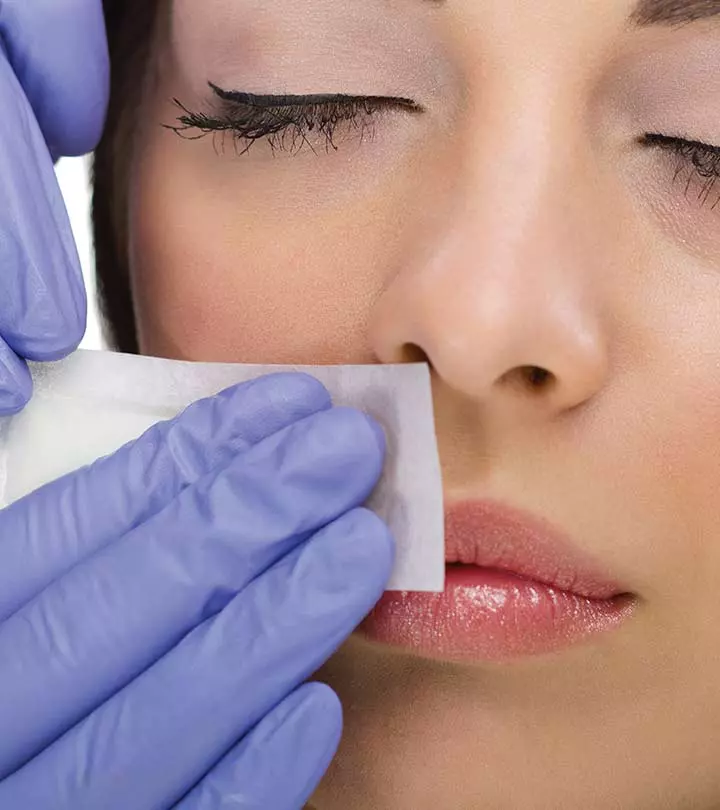
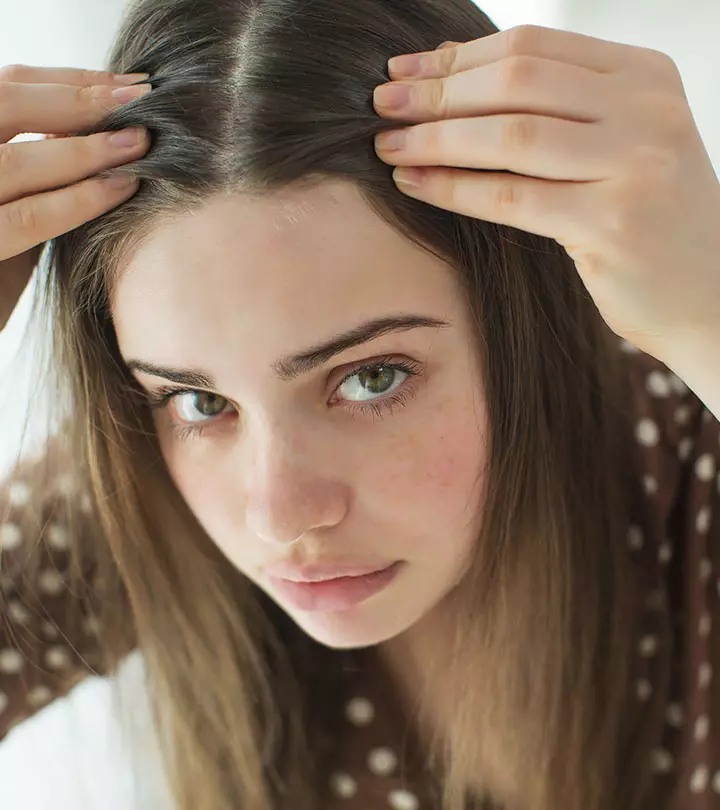
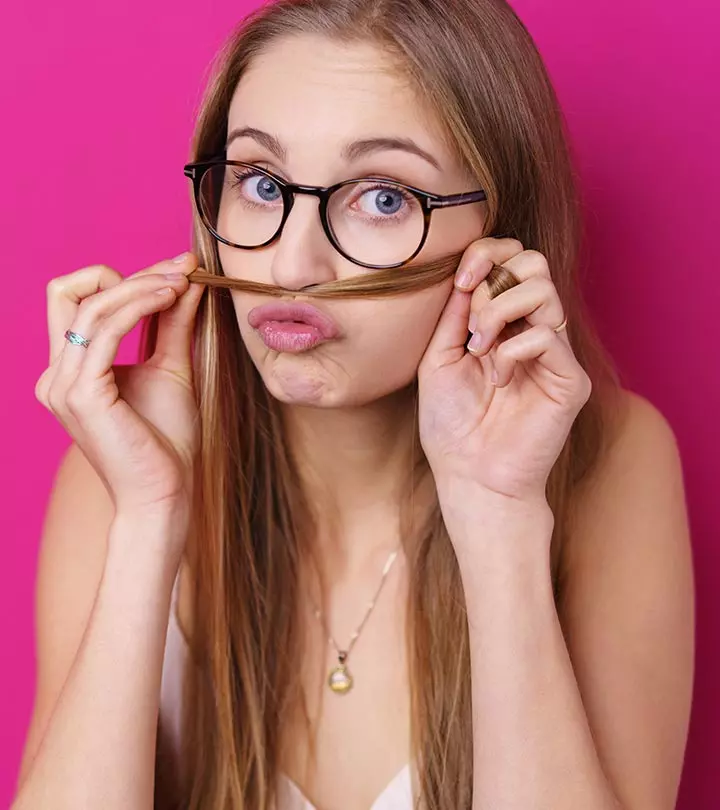

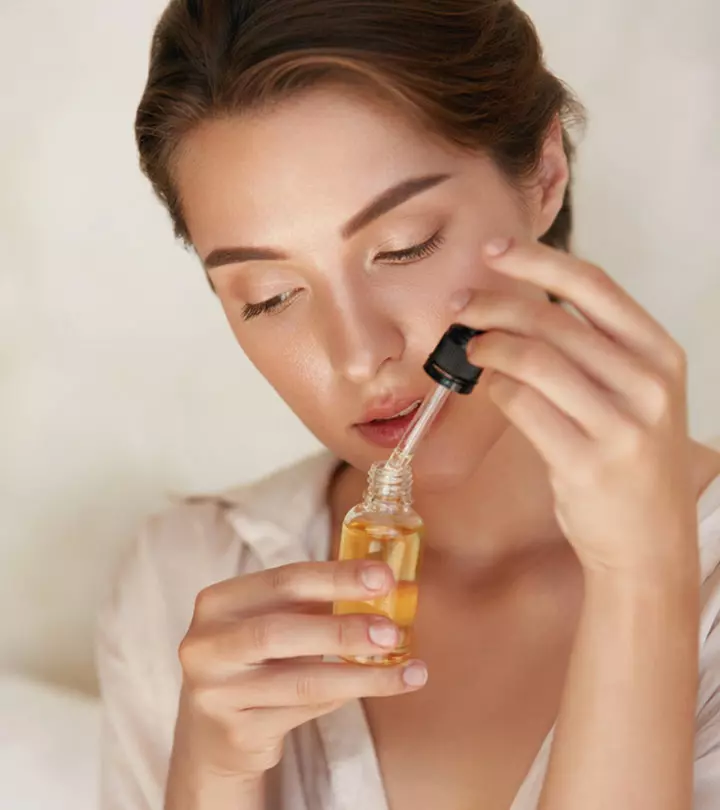

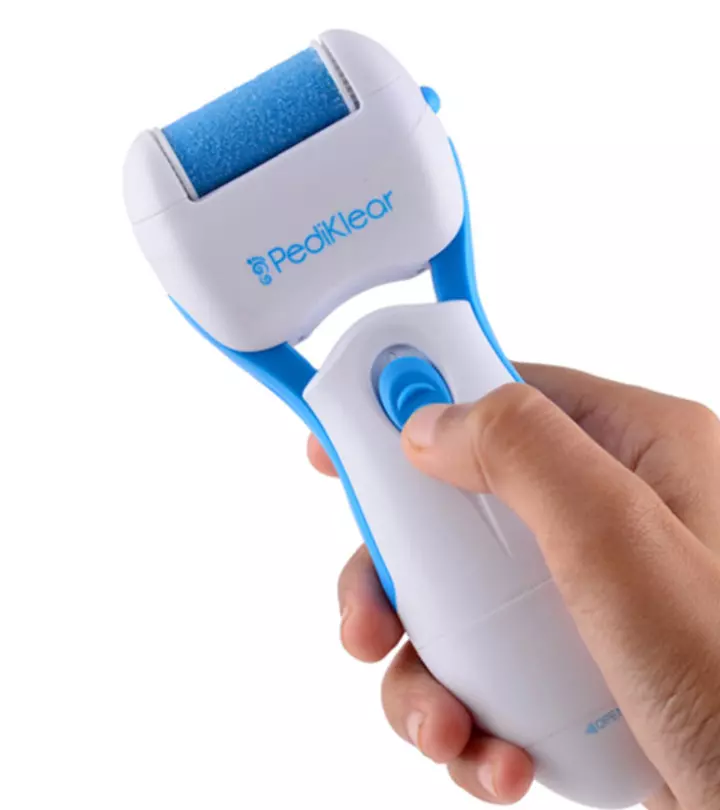
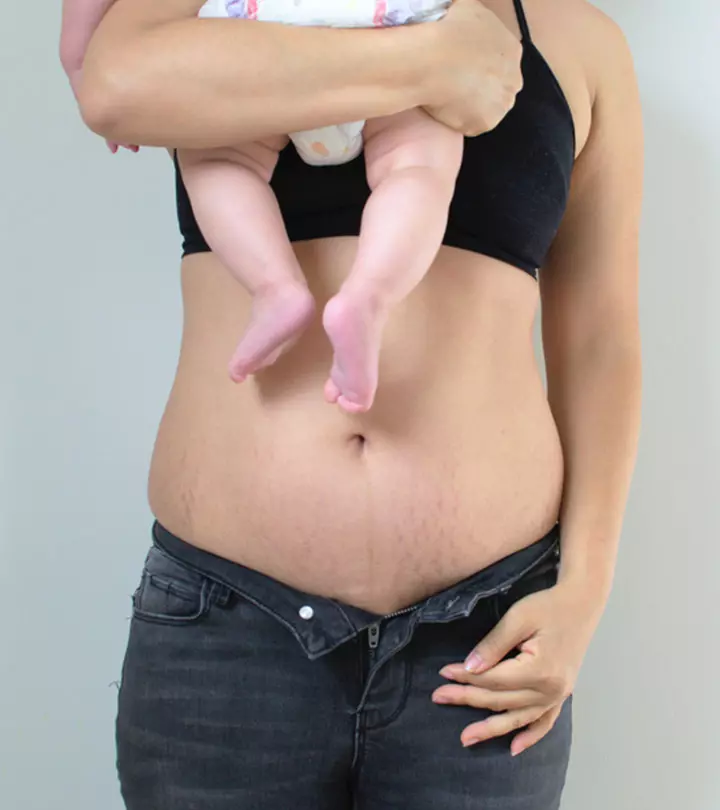

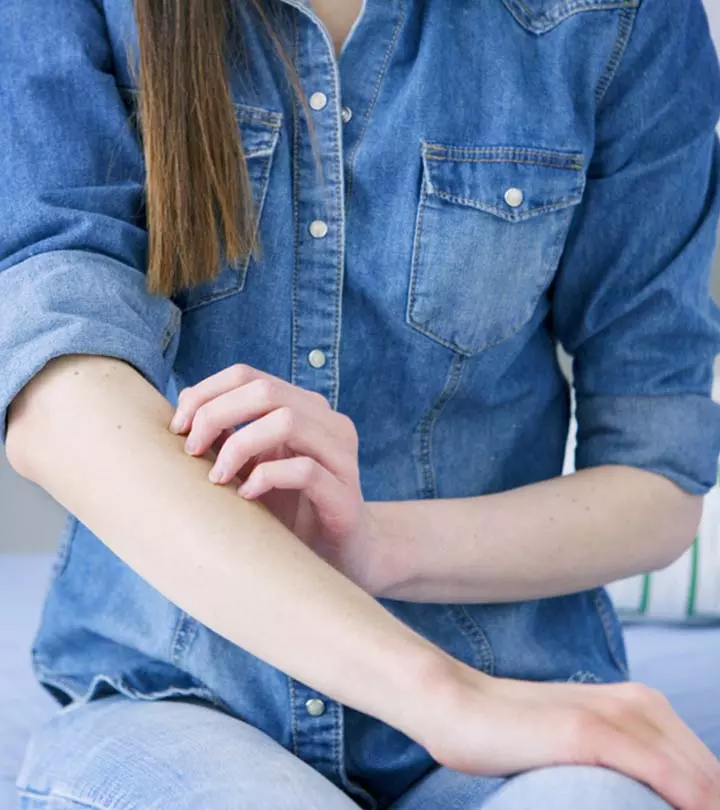
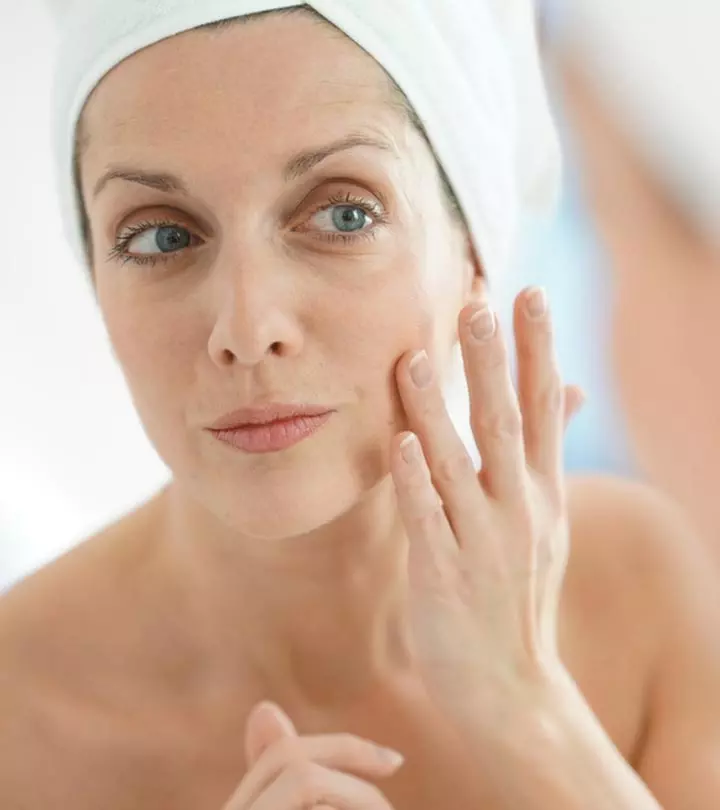

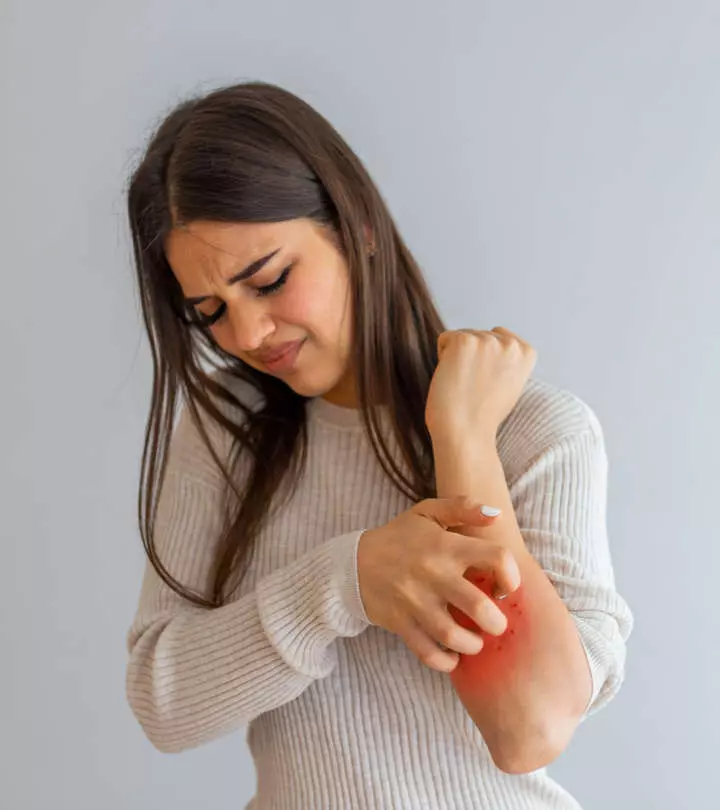



Community Experiences
Join the conversation and become a part of our empowering community! Share your stories, experiences, and insights to connect with other beauty, lifestyle, and health enthusiasts.